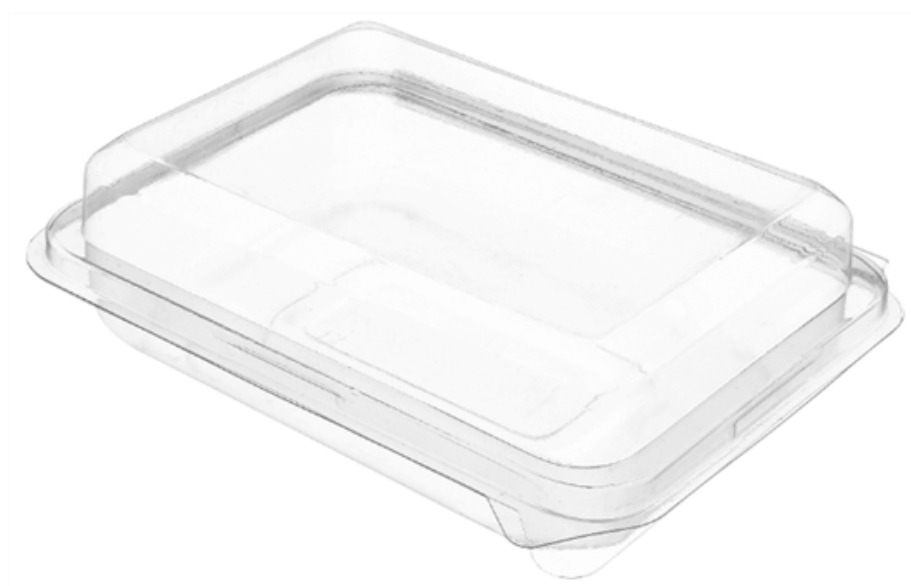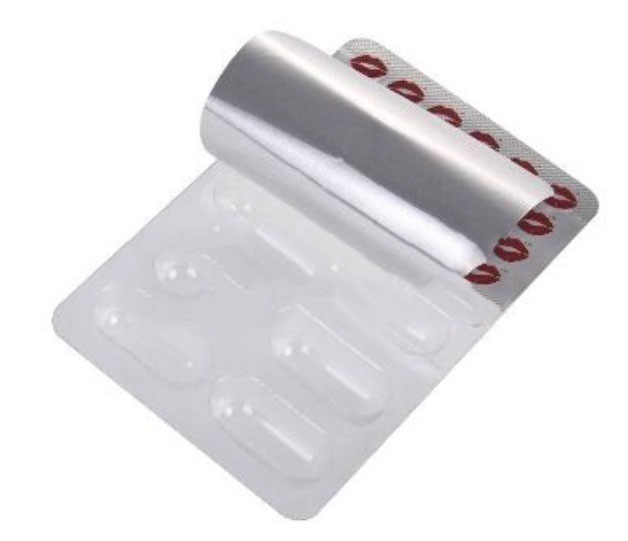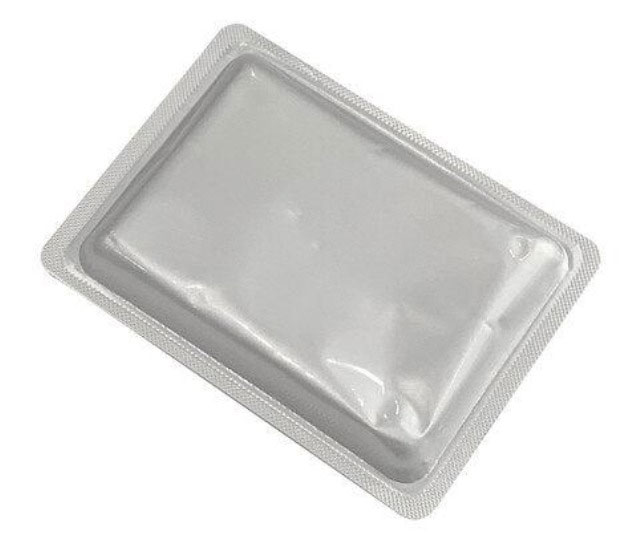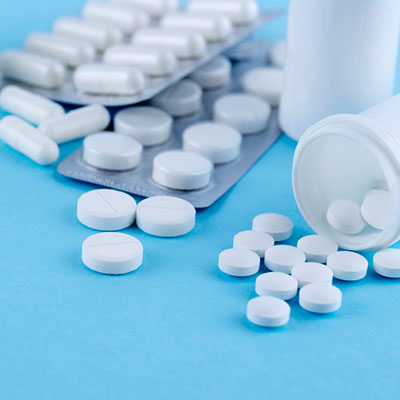Blister Packaging
Blister Packaging
Due to different size and shape of capsules and tablets, and different usage scenarios, there are different packaging methods and the main difference is the materials used and the sealing methods.

Plastic-Plastic
Plastic-plastic packaging is generally packaged in Clamshell style. The packaging is a molded one-piece container. It will be a plastic casing after closed, and cannot be open easily because of its physical structure. Generally, there is paper decoration inside or outside the casing, as well as printings for recognition. Compared to plastic-paper packaging, this type of packaging allows consumers to check the product from all around. In addition to some advantages of the plastic-paper packaging, Clamshell also allows people to pack manually. Products can be packed without any tools, and only finished plastic container needed, which is convenient for users.
Aluminum-Plastic
Similar to plastic paper, aluminum-plastic packaging is also used to heat the PVC sheet to form a shape for placing product, but sealed with the aluminum foil, instead of paper. Usually, aluminum-plastic packaging is suitable for medications because it is easy to get counting and using, and it has a good sealing. Most importantly, the packaging is unrecoverable, which means the removed medications cannot be packed back to its original packaging.


Aluminum-Aluminum
For aluminum-aluminum packaging, both sides are aluminum foil, and there may be PVC sheets inside, so that consumers cannot see the internal items. The overall cost of aluminum-aluminum packaging is much higher than other packagings, and generally, manufacturers will not choose aluminum-aluminum packaging. For some medication that are light-sensitive, opaque aluminum foil could protect medications from light.






